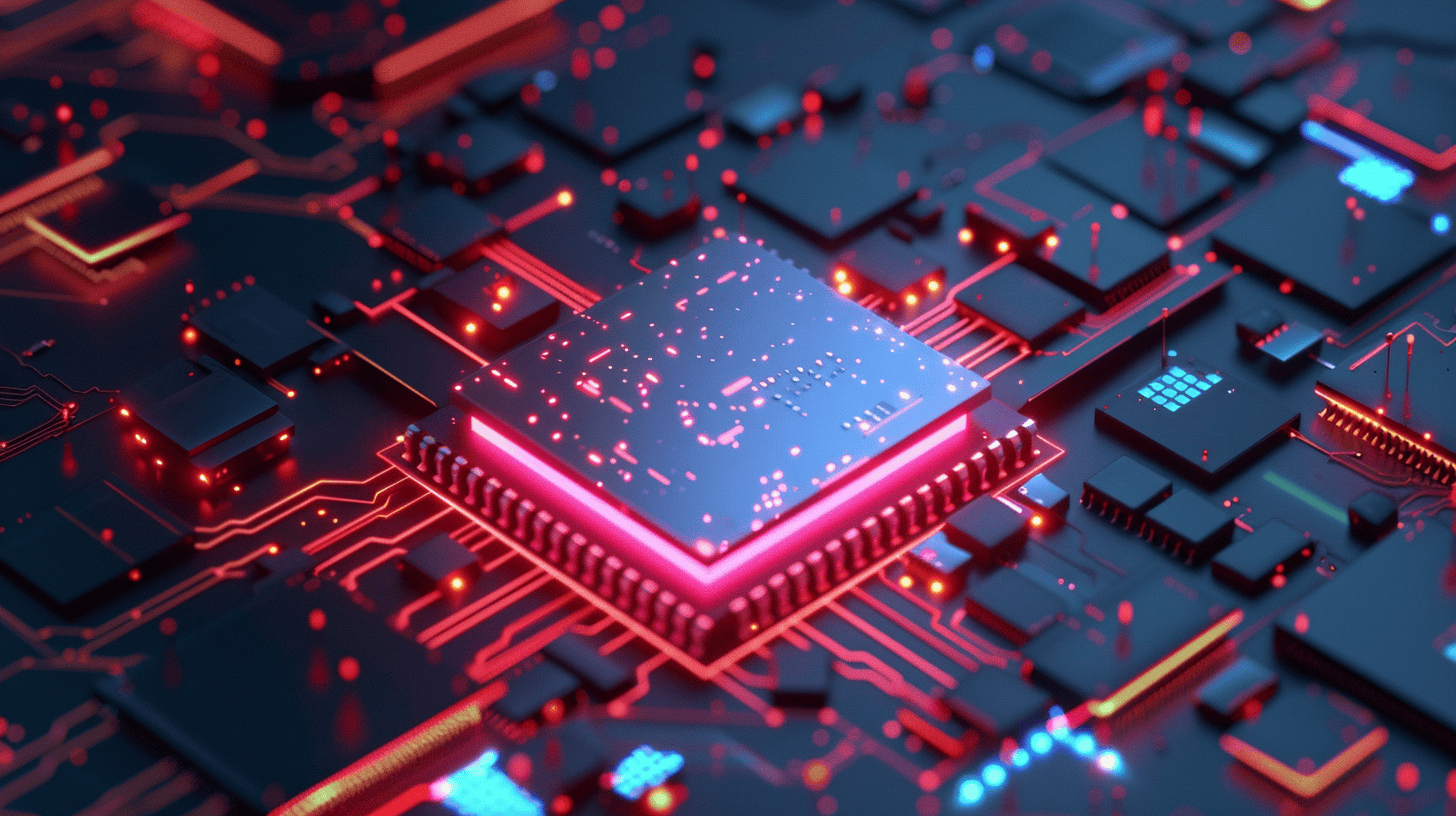
Plasma is used in industry to coat lenses of glasses or screens, or to etch microscopically tiny channels onto silicon wafers. However, it can all be done much faster and more accurately, as German scientist Dr. Julian Schulze of the Ruhr-Universität Bochum (RUB) has discovered. By adjusting the energy supply, he was able to achieve a five-times higher density of reactive particles in plasma. This method that was developed at the RUB is called Voltage Waveform Tailoring (VWT).
“It is even possible to increase the density of these types of particles tenfold by adjusting the voltage form,” Julian Schulze explains in the RUB’s science journal, Rubin. The discovery is of great importance to the multi-billion dollar semiconductor manufacturing industry. “Any increase in efficiency translates into a huge economic impact,” the researcher clarifies.
Room temperature
In addition to the familiar three states of a substance (solid, liquid and gaseous), there is a fourth aggregation state. If the electrical character of a gas changes noticeably, it is referred to as a plasma.
Schulze focuses on plasmas that are formed at room temperature. These are popular for medical and industrial applications because they do not degrade or destroy surrounding surfaces. This type of plasma can be ignited, for example, between two electrodes, one of which is grounded while a voltage is applied to the other.
This creates an electric field around the electrodes that repels negatively charged electrons from surfaces while attracting positively charged ions. The rapid movement of electrons caused by this acceleration allows neutral particles to form due to collisions with fast electrons. As a consequence, plasma will eventually start glowing. The acceleration of ions on the surface can be used, for example, to etch channels onto silicon wafers.
Spray
Julian Schulze was not satisfied with the customary process used in industry. “In that process, lots of electrons get a part of the supplied energy. However, this is not enough for each of them to break up other molecules effectively and thereby produce highly reactive particle densities. This means that the energy distribution of the ions on the interfaces cannot be controlled in an efficient way,” he explains.
“We don’t want to spray energy over electrons and ions like you would with a watering can, but instead add it in a targeted way. Fewer electrons get more energy that way, and the ions’ energy can be fine-tuned on the interfaces. Plasma works more efficiently as a result.”
Also interesting: A new process for precision perforation of material layers








